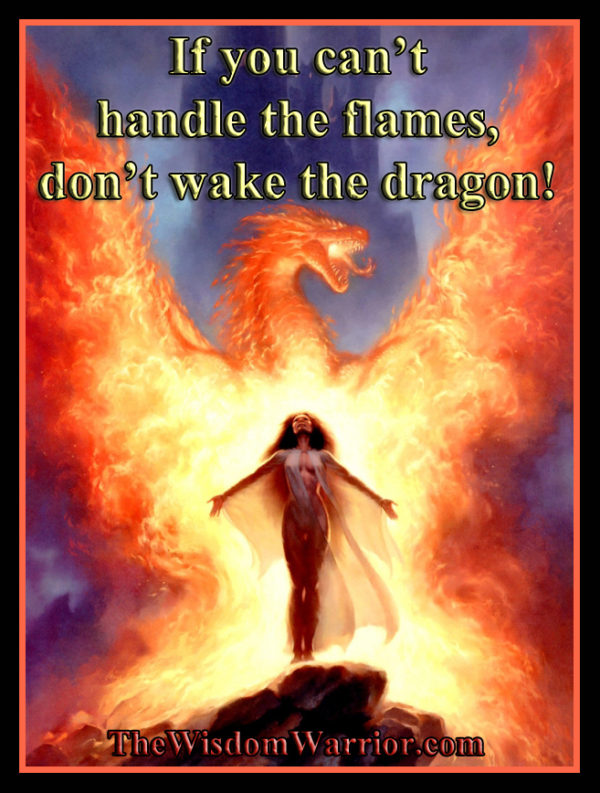


Tanaka was enamored with the idea of Godzilla fighting a multi-headed serpent but considered seven or eight heads to be too excessive, and thus the number of heads was reduced to three. Tanaka's inspiration came from an illustration of the Lernaean Hydra in a book about Greek Mythology, and Orochi of Japanese folklore. Overview Development Īccording to special effects director Eiji Tsuburaya's protégé Teruyoshi Nakano, the initial idea for Ghidorah, the Three-Headed Monster came from Tomoyuki Tanaka, who also created Godzilla. ĭespite rumors that Ghidorah was meant to represent the threat posed by China, which had at the time of the character's creation just developed nuclear weapons, director Ishirō Honda denied the connection and stated that Ghidorah was simply a modern take on the dragon Yamata no Orochi. The character is usually portrayed as an archenemy of Godzilla and a foe of Mothra, though it has had one appearance as an ally of the latter. Īlthough King Ghidorah's design has remained largely consistent throughout its appearances (an armless, bipedal, golden and yellowish-scaled dragon with three heads, two fan-shaped wings, and two tails), its origin story has varied from being an extraterrestrial planet-destroying dragon, a genetically engineered monster from the future, a guardian monster of ancient Japan, or a god from another dimension. Although the name of the character is officially trademarked by Toho as "King Ghidorah", the character was originally referred to as Ghidorah or Ghidrah in some English markets. The character was initially created by Tomoyuki Tanaka, Eiji Tsuburaya and Shinichi Sekizawa as an homage to the eight-headed mythological Japanese dragon Yamata no Orochi. King Ghidorah ( キングギドラ, Kingu Gidora) is a fictional monster, or kaiju, which first appeared in Ishirō Honda's 1964 film Ghidorah, the Three-Headed Monster. Ghidorah, the Three-Headed Monster (1964) A production image of the first King Ghidorah suit, not fully painted


 0 kommentar(er)
0 kommentar(er)
